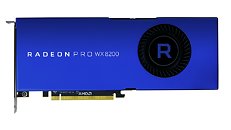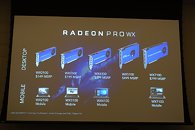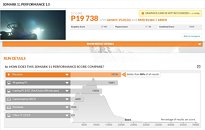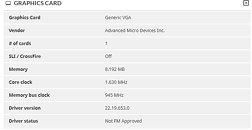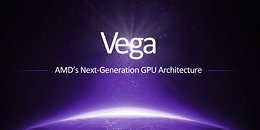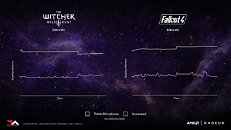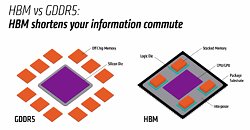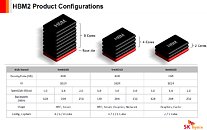
AMD Radeon Pro WX 8200 Launched at $999
AMD today announced a high-performance addition to the Radeon Pro WX workstation graphics lineup with the AMD Radeon Pro WX 8200 graphics card, delivering the world's best workstation graphics performance for under $1,000 for real-time visualization, virtual reality (VR) and photorealistic rendering. AMD also unveiled major updates to Radeon ProRender and a new alliance with the Vancouver Film School, enabling the next-generation of creators to realize their VFX visions through the power of Radeon Pro graphics.
The new turbocharged AMD Radeon Pro WX 8200 graphics card allows professionals to effortlessly accelerate design and rendering. It is the ideal graphics card for design and manufacturing, media and entertainment, and architecture, engineering and construction (AEC) workloads at all stages of product development.
The new turbocharged AMD Radeon Pro WX 8200 graphics card allows professionals to effortlessly accelerate design and rendering. It is the ideal graphics card for design and manufacturing, media and entertainment, and architecture, engineering and construction (AEC) workloads at all stages of product development.
